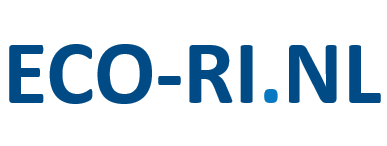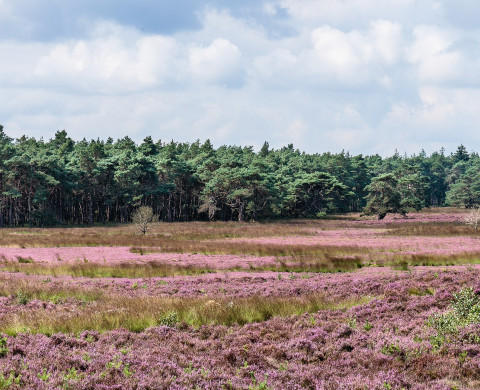LTSER-platform Veluwe
Details
- Infrastructure type
- Field sites / Long-term monitoring
- Landscape type
- Research partner
Study site
The area defined as ‘the Veluwe’ lies in the province of Gelderland, the Netherlands, West of the river IJssel and North of the river Rhine. The region hosts the largest connected nature area of the country. The natural landscape consists of a mix of forests, heathlands, sand drifts, lakes, and moorlands and is surrounded by agriculture, settlements, or infrastructure. This means there is a lot of interaction between humans and nature.
The unique circumstances of highly populated areas, combined with nature, provide great opportunities for research on the varied interactions between nature and humans to be carried out. A great array of different ecological and socio-economic research has already been carried out in the Veluwe, which makes it a good quality LTSER (Long-Term Socio-Ecological Research) platform.
Research topics
- Biodiversity (vegetation, fungi, algae, birds, mammals, amphibians, fishes, arthropods)
- Weather and climate
- Deposition and pollution
- Socio-economic data
Running period
1930-present
Equipment/facilities
The research infrastructure is very diverse: complete meteorological observation sites, a vast network of piezometers, several visitor centres with expositions and research results, etc. The infrastructure is also very diversely owned, from universities to nature management organisations, waterboards and province. However, there is no central building at the 'site'.
The information on LTSER-platform Veluwe is registered in DEIMS-SDR (Dynamic Ecological Information Management System - Site and dataset registry). DEIMS-SDR is an information management system that allows discovery of long-term ecosystem research sites around the globe, along with the data gathered at those sites and the people and networks associated with them. For the Veluwe there are currently no datasets directly accessible via DEIMS.
Data management
When datasets are used the following applies:
- Co-authorship of the data provider on publications resulting from use of the dataset.
- The opportunity for the data provider to collaborate on the project using the dataset.
- Reprints of articles using the dataset must be provided to the data provider.
- Mutual agreement on reciprocal sharing of data.
Conditions for access
Access to the area for research purposes should be requested from its managers: Staatsbosbeheer, Natuurmonumenten, National Park De Hoge Veluwe, Gelders Landschap en Kastelen, or Royal Domains.
When interested in accessing a specific dataset, please contact Dr Stefan Vriend who can further inform you about the instructions and conditions for access to specific datasets.
Details
- Infrastructure type
- Field sites / Long-term monitoring
- Landscape type
- Research partner


